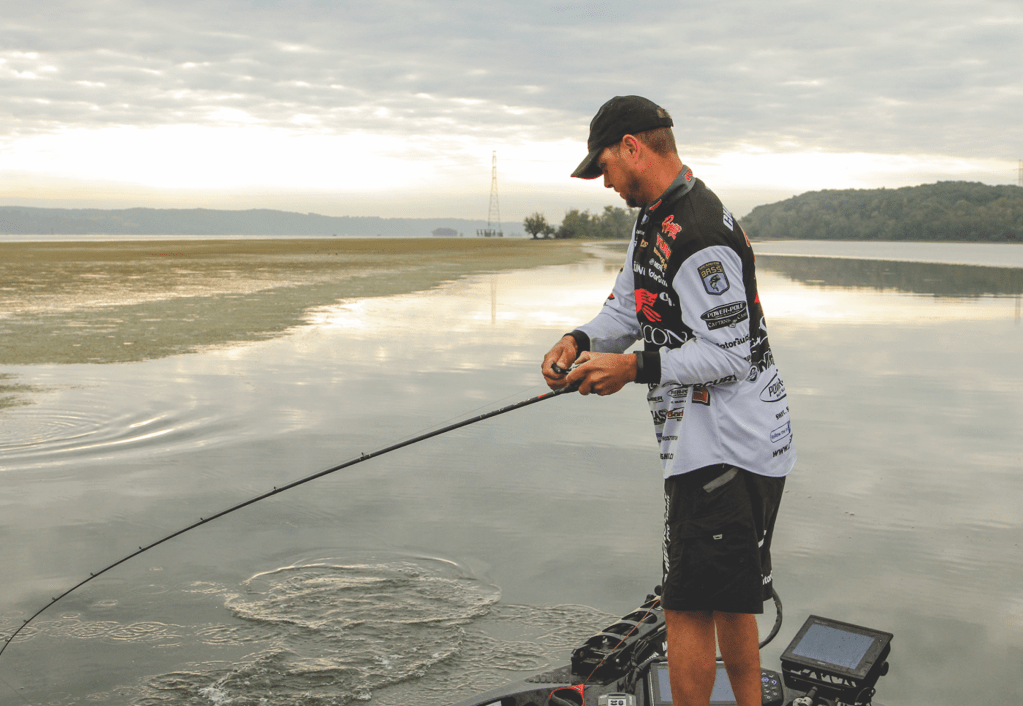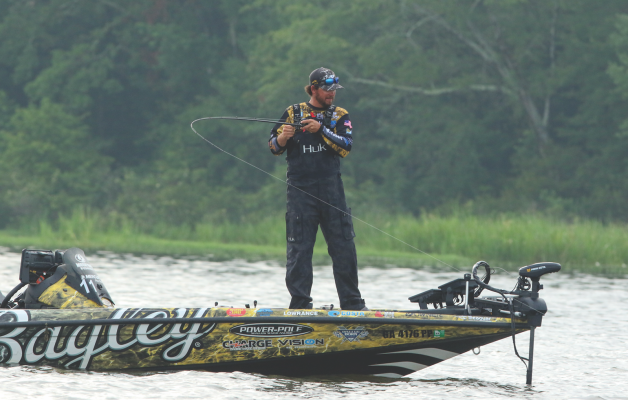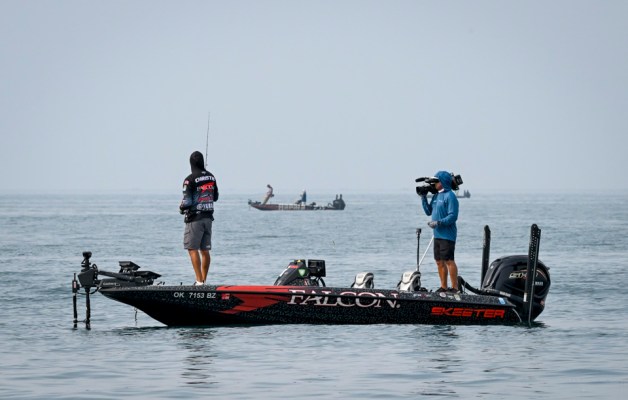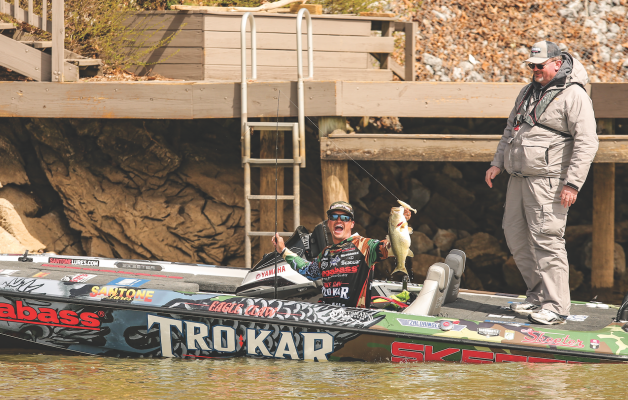
Daybreak teases with gilded tendrils, as radiance and hope grow equally brilliant. No doubt, that first hour brings tremendous opportunity; it’s often the day’s most impressive.
Severe weather can influence a morning’s mood and, of course, tidal waters may challenge our access and reposition the game. Nevertheless, a new day’s emergence consistently delivers an intense, albeit brief, period of opportunity.
But nothing’s assumed. Potential does not necessarily equal productivity, and completing the equation requires a handful of essential understandings.
Pro angler Kevin VanDam offered his thoughts on why that first hour can be so productive. “Bass are low-light feeders, and they know they have a visual advantage over most of their prey species at that time,” the Michigan angler said. “They’ll chase baits farther and the strike zone gets bigger. “This is a high-percentage time to cover water, fish fast and catch fish while they have their guard down and they’re more aggressive.”
Jason Christie, an Elite pro from Oklahoma, said the daybreak period often represents the remnants of a nighttime feed. Well rested from daytime bombardments, these fish are usually willing participants.
“At 7 o’clock in the morning, those fish haven’t seen a bait for 12 hours,” Christie said. “So, it’s good to be the first one to come down that bank in the morning.”
Although that’s important in any scenario, Christie knows these sunrise benefits particularly matter in the often-stingy highland reservoirs, where a strong start can make or break your day. Kickers become increasingly difficult to engage as a morning wears on, but the sunrise feed offers big-bite potential on par with a Black Friday doorbuster sale.
“That first-bite thing still pertains to darker waters — river systems, lakes like Okeechobee — where those fish live shallow all year,” Christie said. “But I think it’s a lot more important on these clear highland reservoirs like Table Rock, Beaver Lake, Tenkiller and Smith Lake, where bites can be tougher to get.” You’ll only get one shot at each day’s dawning, so mind these strategies.





